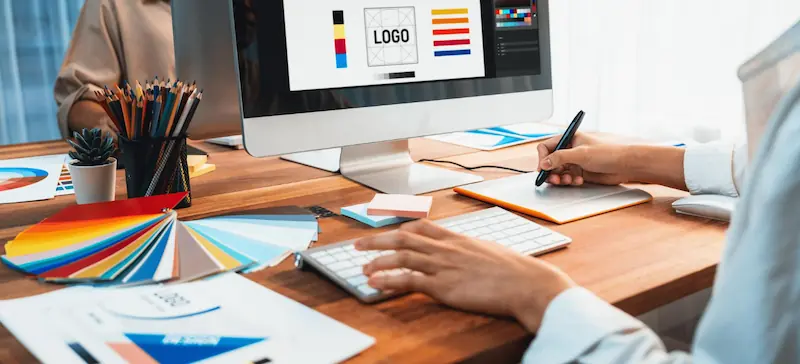The Importance of Logo Design
A logo is more than just a graphic; it’s the visual embodiment of a brand’s values and essence. It acts as the first impression for potential customers, conveying a message of quality and professionalism. In the case of Bianca Nior, a well-designed logo helps differentiate the brand in a saturated market, creating a lasting impression on its target audience.
Establishing Brand Identity
Every logo design tells a story. For Bianca Nior, the logo must reflect the brand’s commitment to elegance, sophistication, and innovation. A thoughtfully crafted logo not only establishes brand identity but also builds emotional connections with consumers. When people resonate with a brand's identity, they are more likely to engage with it, ultimately driving customer loyalty.
The Creative Process of Logo Design
Creating a logo is a multi-step process that requires a deep understanding of the brand and its audience. Here’s a breakdown of the stages involved in designing the perfect logo for Bianca Nior:
1. Research and Inspiration
The journey begins with thorough research. Understanding the fashion industry, identifying competitors, and analysing target demographics are crucial steps. This research phase helps gather inspiration, leading to unique design concepts that align with the brand’s vision.
2. Concept Development
Once the research is complete, the next step is concept development. Designers brainstorm various ideas, sketching initial concepts that capture the essence of Bianca Nior. This phase encourages creativity and experimentation, allowing for the exploration of different styles, colours, and typography.
3. Refinement and Feedback
After creating initial concepts, the focus shifts to refinement. Feedback from stakeholders is vital at this stage. By gathering insights from the team and potential customers, designers can make necessary adjustments to ensure the logo resonates with the audience and accurately represents the brand.
4. Finalisation and Delivery
Once the logo has been refined, it’s time for finalisation. This involves creating multiple versions of the logo for various applications, ensuring versatility across digital and print media. A comprehensive brand guide is often provided, detailing the logo's usage, colour palette, and typography guidelines, which helps maintain consistency in branding.
